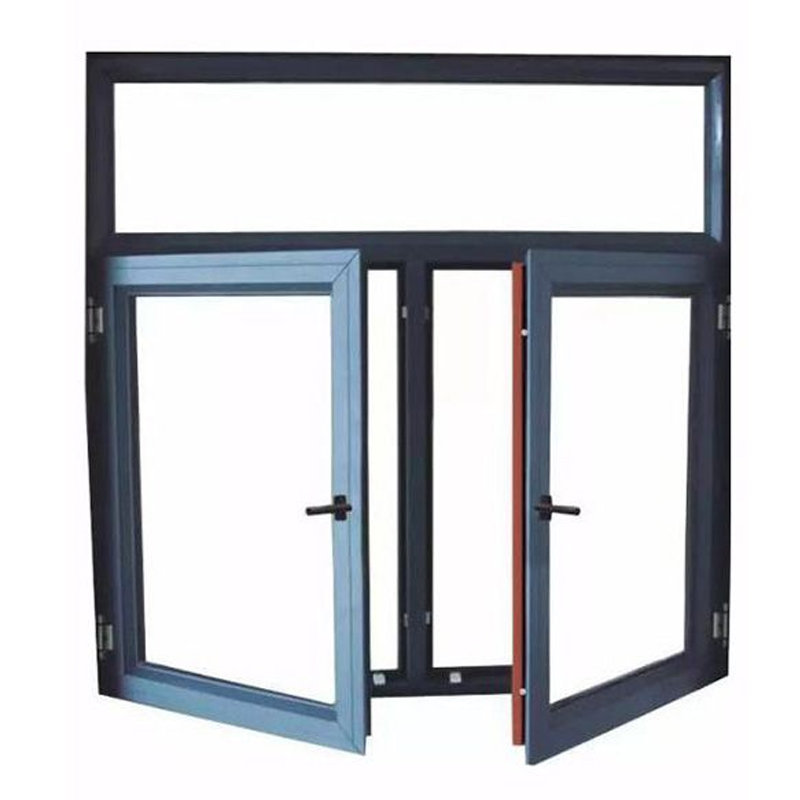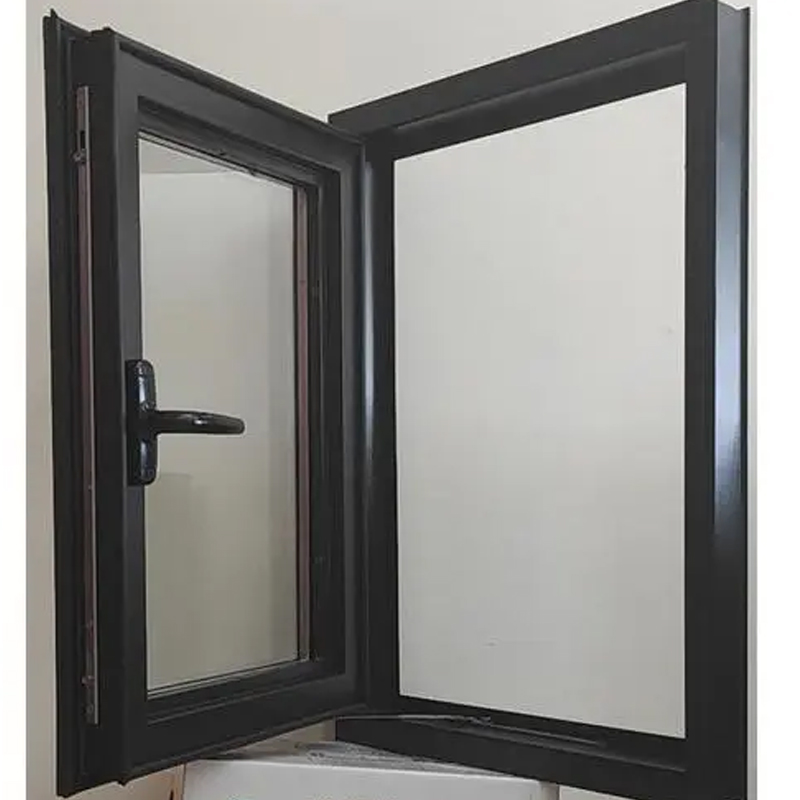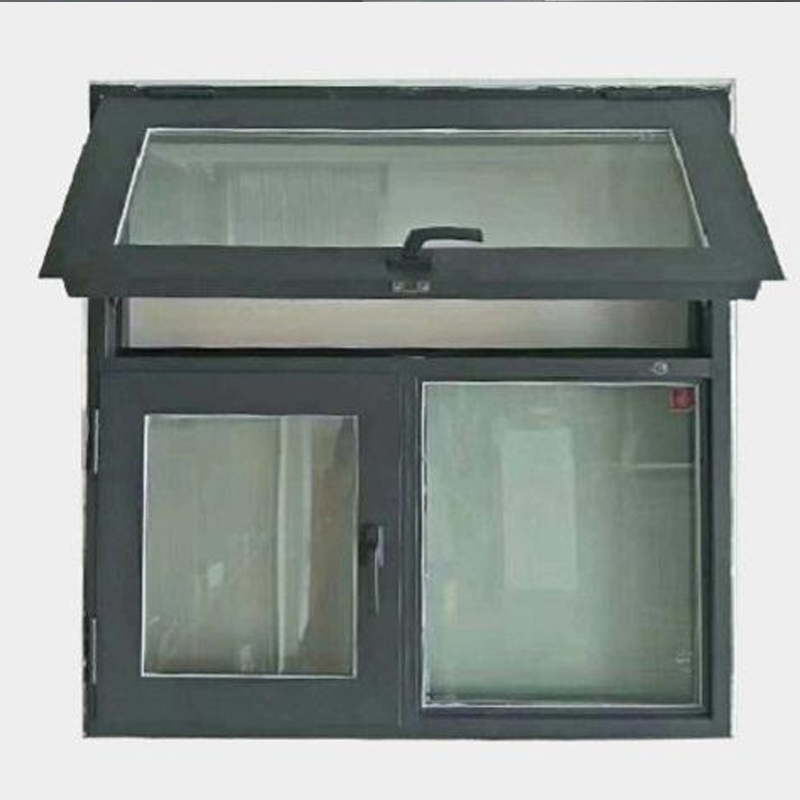With the acceleration of urbanization and the continuous increase in building density, fire prevention and control has become a top priority in the field of public safety. As a key line of defense in the building fire protection system, Class A fireproof windows have become the “safety standard” for high-rise buildings, industrial plants and public facilities with their excellent fire resistance and reliable protection capabilities. It can not only buy precious time for personnel evacuation in a fire, but also effectively curb the spread of fire and minimize disaster losses.

The fire resistance of Class A fireproof windows is the primary criterion for measuring their safety. According to national standards, Class A fireproof windows must maintain structural integrity and thermal insulation for 1.5 hours (90 minutes) in high-temperature flames. The realization of this performance is due to three core technological breakthroughs:
“Thermal insulation armor” of special composite glass: Class A fireproof windows use multi-layer composite structural glass, which is composed of tempered glass, fireproof adhesive layer and thermal insulation film. Under high temperature, the fireproof adhesive layer expands rapidly to form a dense carbonized layer. With the reflective effect of the heat insulation film, it can block more than 90% of the heat radiation, ensuring that the glass will not break or catch fire within 90 minutes.
High-strength frame “stable support”: the window frame is made of galvanized steel plate or stainless steel, which is much thicker and stronger than ordinary windows, and is filled with fireproof expansion sealing strips. When encountering fire, the sealing strip expands to fill the window gap to form a “sealed firewall”. At the same time, the deformation resistance of the window frame ensures that the window as a whole does not fall off or collapse.

Five-layer sealing system “fire and smoke blockade”: through the synergistic effect of fireproof strips, expansion sealing strips, airtight strips, isobaric strips and drain hole covers, Class A fireproof windows can completely isolate smoke from penetrating. Experimental data show that its airtightness reaches the highest level of national standards, and the smoke transmittance is almost zero.
Class A fireproof windows have a wide range of applications, covering the most demanding scenarios for fire safety:
“Life passages” of super high-rise buildings: In buildings with a height of more than 100 meters, Class A fireproof windows must be installed in refuge floors, evacuation stairwells and fire elevator antechambers. For example, a 300-meter super high-rise hotel successfully limited the fire to a single floor by installing Class A fireproof windows on the refuge floor, winning golden escape time for more than 500 guests.
“Safety isolation zone” of chemical parks: In factories in industries such as petrochemicals and pharmaceutical manufacturing, Class A fireproof windows are used to separate flammable and explosive areas from operating areas. A chemical plant effectively blocked the explosion shock wave in the tank area due to fireproof windows, preventing the fire from spreading to the control room, and directly reducing economic losses by more than 200 million yuan.
“Invisible protection net” of transportation hubs: Class A fireproof windows are used in ventilation shafts and equipment rooms in crowded places such as subway stations and airport terminals to prevent fires from spreading through vertical passages. After installing fireproof windows in the baggage sorting area, an international airport successfully controlled the initial fire within 30 square meters.
III. Technological innovation: the future direction of intelligence and sustainability
With the iteration of technology, Class A fireproof windows are upgrading from “passive defense” to “active protection”:
Intelligent sensing system: integrated temperature sensor and electromagnetic locking device, automatically close and alarm when the ambient temperature exceeds 60℃, and transmit data to the fire control center at the same time.
Green energy-saving design: using Low-E coated glass and broken bridge aluminum profiles, while ensuring fireproof performance, the heat transfer coefficient is reduced to 1.8W/(m²·K), and the annual energy saving rate is increased by 30%.

Modular fast installation: through prefabricated frames and standardized interfaces, the construction efficiency is increased by 50%, especially suitable for existing building renovation projects.
Class A fireproof windows are based on a 90-minute fire resistance limit. Through the integration of material science, structural mechanics and intelligent technology, they build the last line of defense for building fire safety. From the clouds of super high-rise buildings to the underground of chemical parks, from the hubs of transportation hubs to the core of industrial plants, it has always been an “invisible guardian” silently guarding the safety and order of the city. In the future, with the continuous deepening of technological innovation, Class A fireproof windows will surely write a new chapter for human building safety with a smarter and more environmentally friendly attitude.